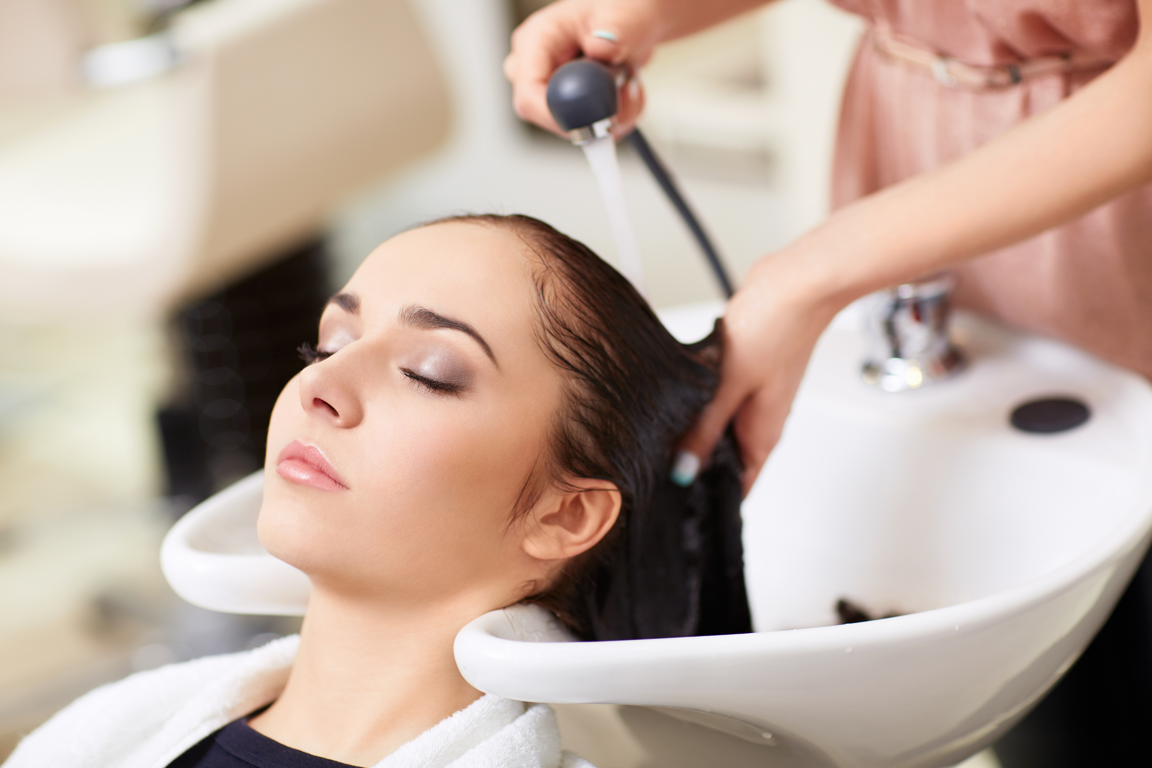Hey!
With humectants and emollients, proteins are common ingredients in hair care. They offer lots of help yet may be harmful when used the wrong way. Be careful, you may be left with over-proteined hair. If you feel like starting protein treatment, read on and see how to get round to it!
Why do proteins make up a vital element in your hair care regimen?
If you don’t pay attention to the ingredients in your hair masks and conditioners, it’s possible that one of them makes your hair stiff, brittle, coarse and dull. This is mostly the case when you use protein-rich products after every hair wash. That’s why knowing the indications for such products is a must.
Proteins: when to use and when not to use them?
Protein masks and conditioners make a good choice when:
- hair is weighed down and it’s hard to increase its volume;
- strands don’t want to ‘go up’, they look limp;
- hair is straw-like;
- hair resists styling tools;
- hair’s too slick;
- it looks like you’ve got less hair even though you haven’t noticed excessively falling out strands.
You shouldn’t use protein products if your hair is dry and coarse, frizzy and static or looks dull.
Proteins in cosmetics
What are the names of proteins to look for in products? Carefully read the composition and check for: oat protein, keratin, silk, milk protein, soy protein, collagen, sericin. Some manufacturers put information about protein content on the label but check the INCI to make sure.
How to use protein products?
I apply protein-infused products only a few times a month yet always observe my hair. I use such products once I see my hair lacks this ingredient. I also like to use proteins after hair oil treatment or using emollients when my hair gets a bit limp and volume-less.
What about you, girls? Do you like to use proteins in your hair care?

